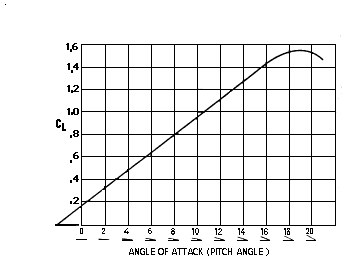

30 degrees AOA .
30 degrees AOA is probably most common configuration when sailing square cross wind. Using example from previous post: 25kt board speed,...


40 degrees AOA Hi Load.
Hi load in windsurfing is not unusual. Just an example: if sailing 90 degrees, true wind - 25kt, with board speed 25kt, apparent wind...


High load, 50 degrees AOA (Angle of Attack), accelerated stall.
I have to say that Lüderitz-Speed challenge organizers put last year’s (2017) event in much better light. Channel is wider, safer and...
















